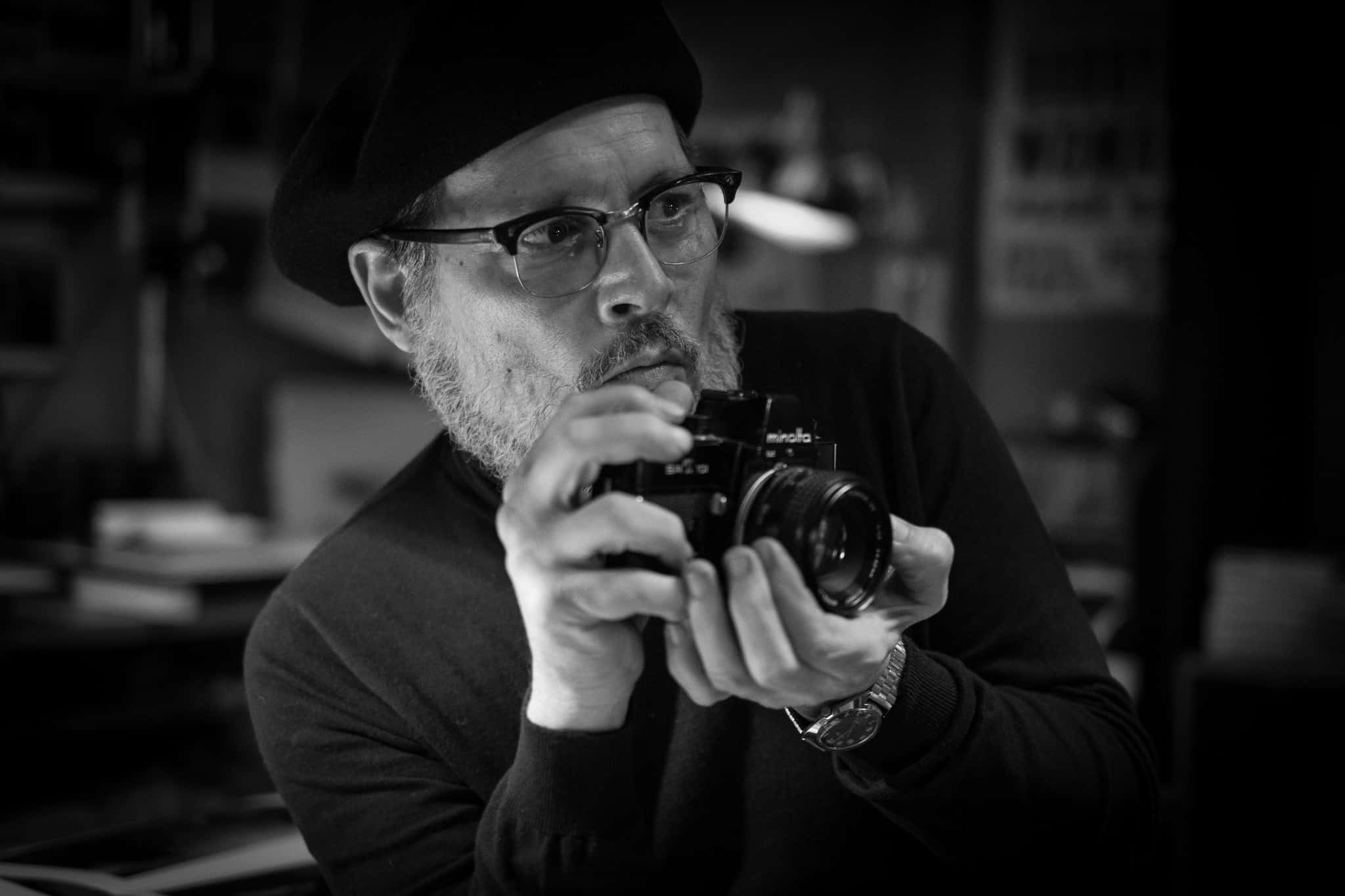
Minamata is the true story that explores the Minamata disease and the man who shot the infamous photo series – here’s our review.
Produced by and starring Johnny Depp (which in turn has generated the headlines ahead of the movie’s release), Minamata tells the true story of William Eugene ‘Gene’ Smith (Depp), a celebrated American photographer who documented the horrific effects of mercury poisoning in the Japanese fishing village of Minamata.
Gene is widely recognised as the pioneer of the editorial photographic essay. Set in 1971, the film joins him later in his career, once some of his most iconic work with Life magazine is behind him. Estranged from his children and dependent on alcohol, Gene lives as a hermit, reluctantly accepting brand endorsement deals for cash.
When he is approached to promote Fujifilm, Gene meets his future wife Aileen (Minami), a Japanese woman who encourages him to visit Minamata to photograph the deformities caused by the poisonous run-off from the Chisso factory. Gene pitches the story of the debilitating ‘Minamata disease’ to Life editor Robert Hayes (Bill Nighy), resulting in one of the magazine’s most famous photographic essays.
For a film about a photographer who only ever shot in black and white, it’s interesting to see the story behind the images play out in such deep colour. From the brilliant red of Gene’s dark room, to the bright green of a New York bar, to the stark blue that floods numerous frames, we are thrust into Technicolor in some of the film’s most pivotal and moving scenes.
Yet there is a great deal of grey in between. When we first meet Gene, who is played by a haggard-looking Depp with weary warmth, the world beyond his dark room is a palette of browns and greys. Similarly, the imposing grey towers of the Chisso chemical factory are bleak and lifeless, casting murky shadows over the small Japanese village. It’s fitting given the ethically grey area of Gene’s visit, too, which feels at once invasive and important.
Gene makes occasional reference to checking with victims if they can be pictured, but he is working at a time less troubled by concerns of consent and privacy. We watch as Gene snaps young children at play and old men holding their hands up to their faces in protest, his images casting his subjects as the vulnerable ‘other’. It can be uncomfortable to watch, but it feels like a constructive discomfort that encourages us to view acclaimed work through the lens of our modern world.
There are several times when the audience gets a close-up of Gene’s face instead of viewing Gene’s perspective as he frames a shot, which can leave you craving an image you never get to see. Nonetheless, there are some beautifully still moments in the film where we see Depp imagine the creation of some of Gene’s most iconic images. It’s in these quieter scenes that you feel the tragic impact of Minamata disease and the weight of responsibility on one man to tell the story to the world.
—
Thank you for visiting! If you’d like to support our attempts to make a non-clickbaity movie website:
Follow Film Stories on Twitter here, and on Facebook here.
Buy our Film Stories and Film Stories Junior print magazines here.
Become a Patron here.





